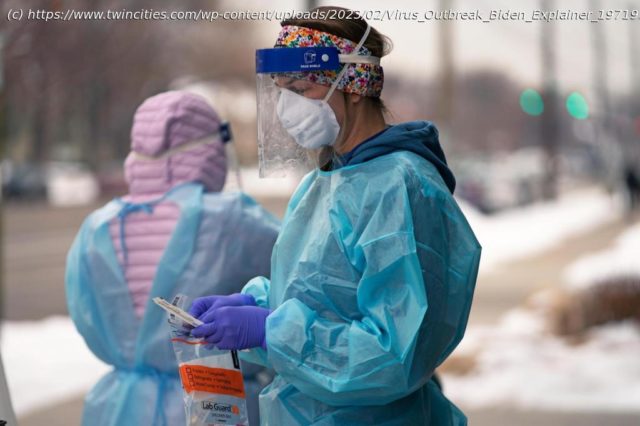Here’s a look at what will stay and what will go.
By AMANDA SEITZ
WASHINGTON The declaration of a COVID-19 public health emergency three years ago changed the lives of millions of Americans by offering increased health care coverage, beefed-up food assistance and universal access to coronavirus vaccines and tests.
Much of that is now coming to an end, with President Joe Biden’s administration saying it plans to end the emergency declarations on May 11.
Here’s a look at what will stay and what will go once the emergency order is lifted:
COVID-19 TESTS, TREATMENTS AND VACCINES
The at-home nasal swabs, COVID-19 vaccines as well as their accompanying boosters, treatments and other products that scientists have developed over the last three years will still be authorized for emergency use by the Food and Drug Administration once the public health emergency is over.
But how much people pay for certain COVID-related products may change.
Insurers will no longer be required to cover the cost of free at-home COVID-19 tests.
Free vaccines, however, won’t come to an end with the public health emergency.
“There’s no one right now who cannot get a free vaccine or booster,” said Cynthia Cox, vice president at Kaiser Family Foundation. “Right now all the vaccines that are being administered are still the ones purchased by the federal government.”
But the Biden administration has said it is running out of money to buy up vaccines and Congress has not budged on the president’s requests for more funding.
Many states expect they can make it through the spring and summer, but there are questions around what their vaccine supply will look like going into the fall — when respiratory illness typically start to spike, said Anne Zink, the president of the The Association of State and Territorial Health Officials.
“We’re all anxious to find out more about that,” Zink said.
MEDICAID
Medicaid enrollment ballooned during the pandemic, in part because the federal government prohibited states from removing people from the program during the public health emergency once they had enrolled.
The program offers health care coverage to roughly 90 million children and adults — or 1 out of every 4 Americans.
Late last year, Congress told states they could start removing ineligible people in April. Millions of people are expected to lose their coverage, either because they now make too much money to qualify for Medicare or they’ve moved. Many are expected to be eligible for low-cost insurance plans through the Affordable Care Act’s private marketplace or their employer.






